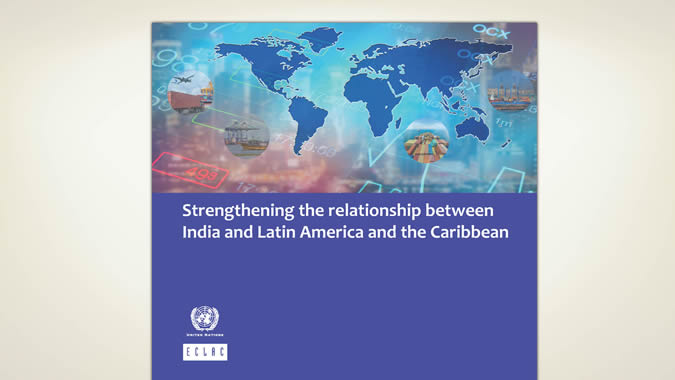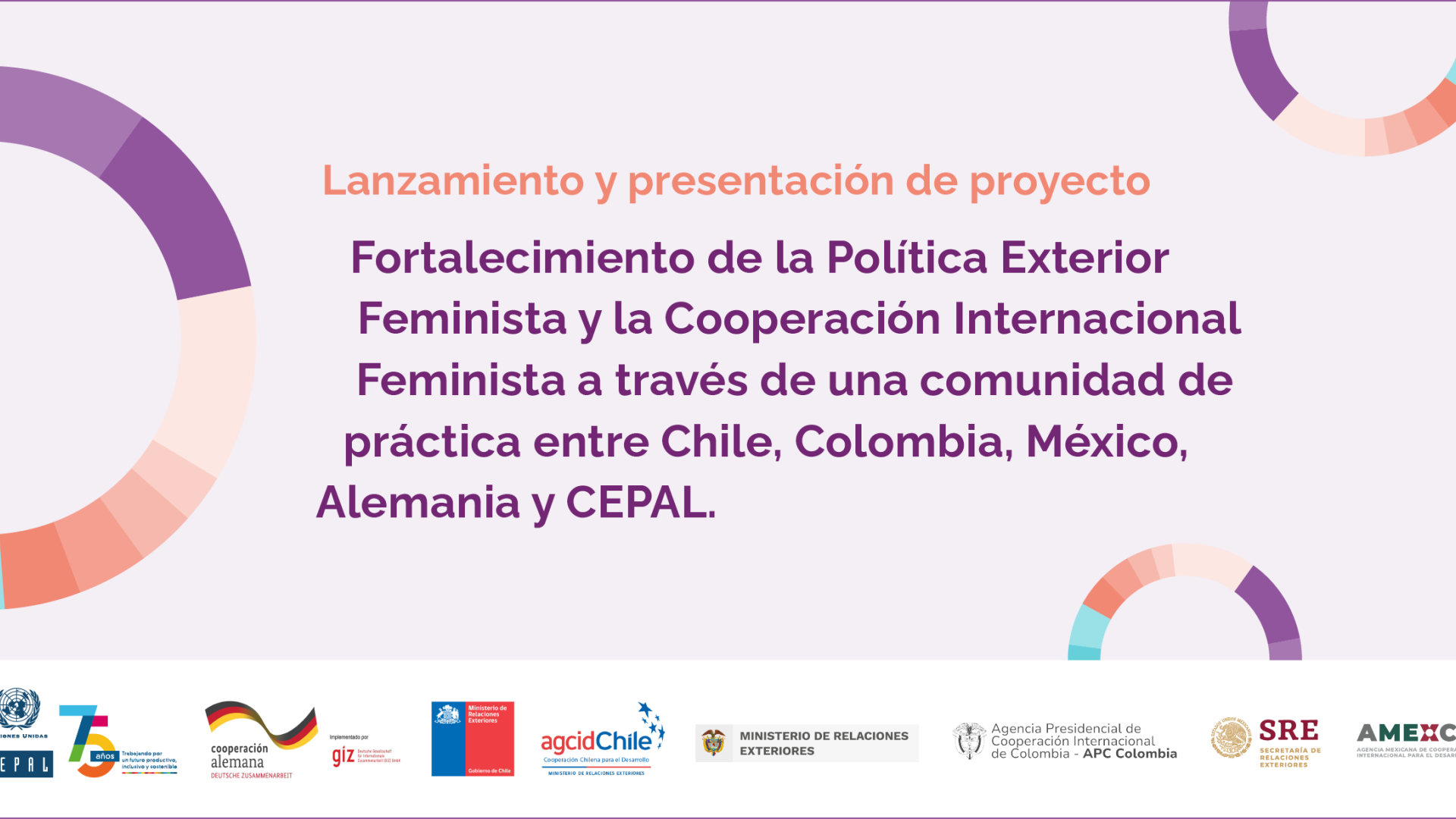Press Release
Economic ties between India and Latin America and the Caribbean are beginning to develop, and there are ample opportunities for expanding international trade, foreign direct investment (FDI) and cooperation between these two important regions. That is the conclusion reached by a new document published by the ECLAC Subregional Headquarters in Mexico.
The report Strengthening the relationship between India and Latin America and the Caribbean was presented by ECLAC at the seventh India–Latin America & Caribbean Conclave, held in the Mexican city of Guadalajara on 28 and 29 November 2016.
The combined populations of India and the Latin American and Caribbean region total almost 2 billion people. Historically, they have both enjoyed higher average growth rates than the developed world (7% in India and 3% in Latin America and the Caribbean) and this, according to ECLAC, offers interesting opportunities for investors.
In presenting the study, Hugo Beteta, Director of the ECLAC Subregional Headquarters in Mexico, explained that both India and the region faced great social challenges. In 2014, 28.2% of Latin America’s population (168 million people) were living in poverty, with an additional 11.8% (70 million) in conditions of extreme poverty. And although poverty rates in India have fallen significantly in recent years, figures from 2011 indicated that 59.2% of the population were surviving on less than 2 dollars a day. Accordingly, neither side should lose sight of the challenge of reducing the inequality their societies face.
Beteta added that the markets of India and Latin America and the Caribbean were to a certain extent complementary in the provision of remote business and knowledge services, manufactured goods and chemicals, renewable energy, automobile and aerospace industries and strategic manufacturing partnerships.
“ECLAC encourages both regions to pursue development by way of progressive structural change that is conducive to sustainable industrialization. Such a transformation reduces dependency on natural resources and is based on the innovative potential within the countries. This change must be accompanied by an environmental impetus, with investments that reduce the environmental burden. At the same time, as a commitment to innovation, it is vital that policymakers take into consideration the future of the workers and the transition towards more high-quality jobs with adequate social protection,” states ECLAC Executive Secretary Alicia Bárcena in the document’s foreword.
The report identifies different types of challenges that both regions must overcome in order to strengthen their economic ties. For example, one challenge is the absence of a trading tradition between the two, which has translated into a lack of understanding of the way business is conducted, of trade- and investment-related rules and regulations and even of the cultural diversity that characterizes the two regions.
Another important area is that of logistics: sea and air transport between India and Latin America and the Caribbean is complex, precarious and costly. For example, flight times from Mumbai to the principal cities of Latin America and the Caribbean exceed 24 hours.
At the same time, climate change is a risk that will affect both regions, due to their populations’ low capacity for adaptation, their geographical location and their economic dependence on such vulnerable activities as agriculture.
For all these reasons, the report states, fostering economic ties between the two requires improved public policies in that area, particularly as regards openness to trade and investment. Accordingly, expanding the availability of trade agreements with India —such as those Chile and MERCOSUR already have in place— to other countries in the region could have a significant impact.
Finally, ECLAC notes that the two regions have cooperation programmes in a number of spheres, including agriculture, the aerospace industry and renewable energy. “Both regions will need to explore new ways of relating to each other and new international cooperation agreements. They will need to discuss rapprochement through trade and investment agreements that facilitate trade relations. For both regions, there is enormous potential for growth,” the Commission states.



